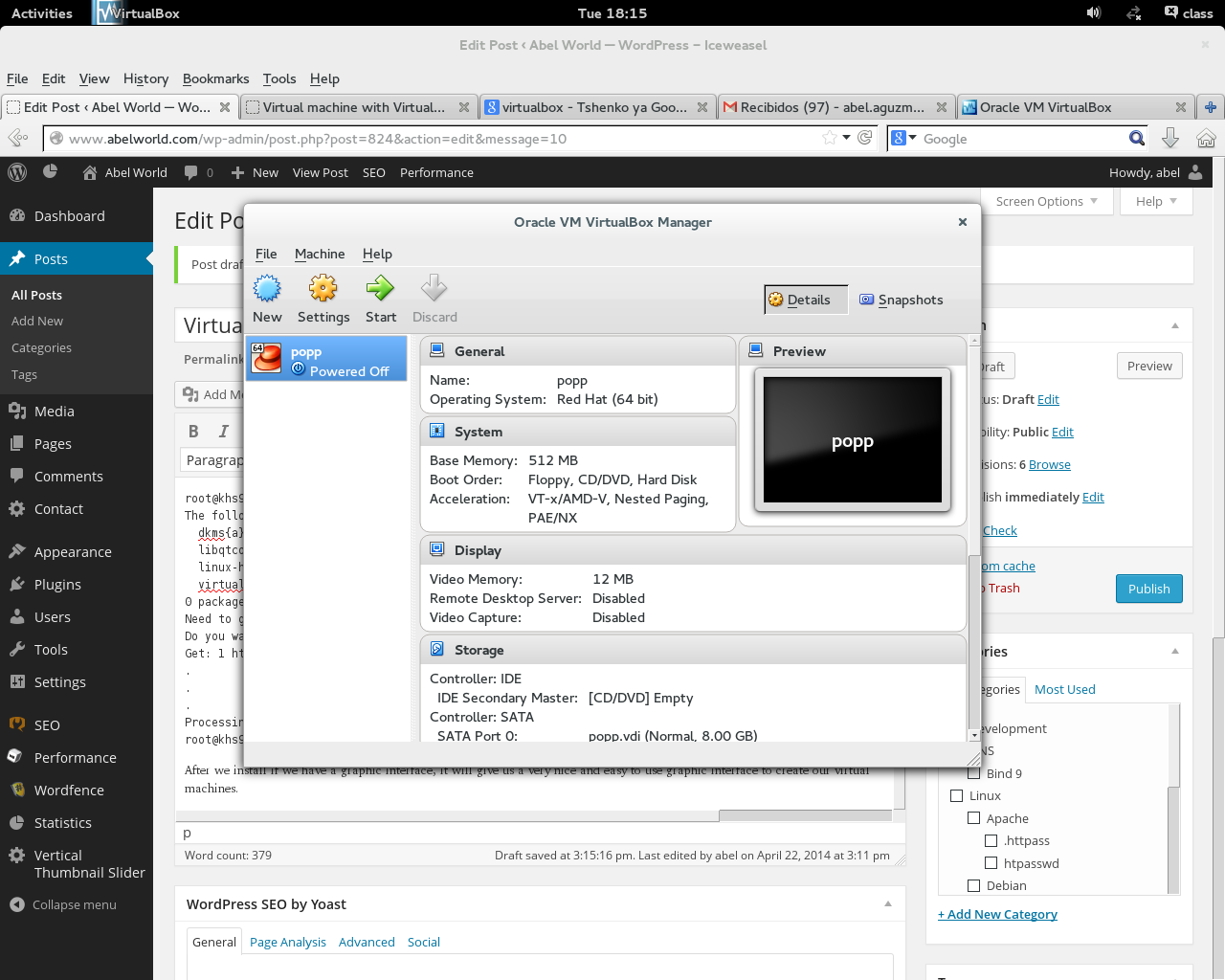

I’ve always enjoyed VirtualBox, seeing how it’s easy, friendly, and just works. Either way, you’ll have a difficult time getting going without Linux, because the cross compilers only work with Linux (without a major fight, anyways).
#Qt creator virtualbox mac osx#
Also, the Windows/Mac OSX and Linux VM development approach adds unnecessary complexity to your project, both in code and in environment setup.Ī real world workflow is probably something more like having a Windows or Mac OSX machine running a Linux virtual machine (VM) installed. Otherwise, you may experience a very sluggish system.

If your host machine has ample RAM resources, then a Linux VM is usable. After attempting the Mac OSX and Linux VM workflow method mostly talked about in this guide, I personally would very much prefer a dedicated Linux development box (not VM) to handle all aspects of development. Pro Tip: This really is the desired method. Which version is up to you, but I’d recommend using the latest with long term support (LTS). Ubuntu seems to be a very friendly distribution to get going on, and it has plenty of community support around Qt Creator. This way, GUI development, debugging, and cross compiling can be done on the same machine. One Guy’s WorkflowĪn ideal workflow would be to use a Linux desktop machine with Qt Creator installed. Some of the principles in this guide could be applied to other GUI development tools such as GTK and Crank Software, but we’ll very specifically be talking about Qt Creator in this guide. Also, we have the cross compile toolchains available and documented steps in the official TS-TPC-8390-4900 manual.

This is the most popular request, and on top of that, we get a lot of inquiries about using Qt Quick, so we’ll be creating a Qt Quick Controls Application. We chose to create a guide on Qt Creator mostly based on feedback from customers.


 0 kommentar(er)
0 kommentar(er)
